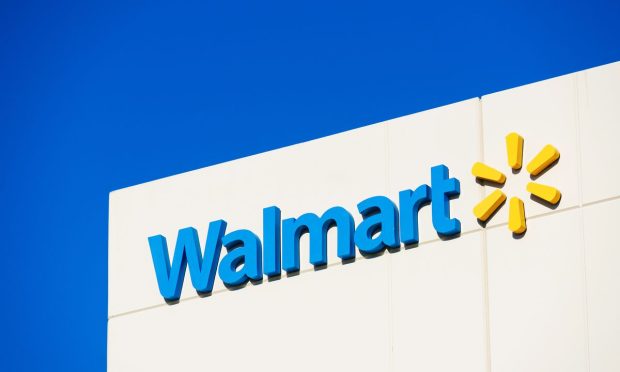Walmart to Offer In-Fridge Grocery Delivery to 30M Homes; But do People Want It?

The country’s largest grocery retailer is looking to take the lead in an increasingly competitive fight over fast food delivery. In an announcement Wednesday (Jan. 5), Walmart said it planned to ramp its in-fridge delivery service to 30 million households, but questions remain whether consumers actually want strangers inside their homes.
Beneath a simple, bulleted banner that reads “Order, Deliver, Enjoy,” the nation’s largest traditional retailer is betting that busy consumers will buy more groceries if they don’t have to be there to put them away themselves.
It’s a bold bet by Walmart, which announced Wednesday that it was scaling its two-year trial of in-fridge delivery to 30 million homes this year, up from about 6 million that have access to the service today — although it is not clear what percentage of those people regularly use the option.
As offered, for $19.95 per month or $148 per year, consumers can place their “InHome” grocery order online and then have a specially trained delivery provider let themselves into your home and then bring the goods inside and put them away in the refrigerator.
To address the obvious security concerns, Walmart said drivers will wear body cameras that livestream the entire process, and also wear protective booties and do sanitary wipe-downs of all surfaces.
It may not be for everyone, but Walmart executives are convinced there is demand out there for services that save customers time and money.
“We’ve been operating InHome in select markets over the last two years and have found it is a perfect solution for customers who want to live their lives without worrying about making it to the store or being home to accept a delivery,” Tom Ward, senior vice president, last mile at Walmart U.S., said in the statement.
One stipulation to the program is that users would need to have “smart entry technology” in their home, to enable drivers to unlock a door or garage via a one-time entry code.
But is it Necessary?
As it is, Walmart is already the largest retailer of groceries in the U.S., thanks to its spread of nearly 5,000 that sit within 10 miles of 90% of the population. But clearly, the Arkansas-based giant is looking to leverage that lead and expand it by offering new ways to connect with consumers.
The thing is, others — including rival Amazon — have already tried in-fridge delivery service and pulled the plug on it, after discovering that most consumers are actually OK with putting away their own groceries, or completing the “final 5 yards” of a food delivery made to their doorstep.
While grocery delivery is rising and being used by more and more consumers thanks to faster completion of orders, the jury is still out on whether consumers want to take that digital convenience and purchasing habit to the next level.
To facilitate the program, Walmart said it plans to add 3,000 workers and a fleet of special electric delivery vehicles, but of course, only time will tell if Walmart is on to something big or not, or just racing down a delivery dead end.